Of the casual, mobile-connected games coming to Sony’s PlayLink collection of games this week, Hidden Agenda is by far the one that has most intrigued me. Easily the most serious entry in the PlayLink games, Hidden Agenda is an interactive narrative adventure that wants players to work together to solve a crime. If you played Supermassive’s last adventure Until Dawn, you’ll know what to expect, only instead of schlocky B-Grade horror you have a digital take on police procedural thrillers. Instead of quick time events involving twiddling knobs, you’ll be doing it all from a mobile phone.
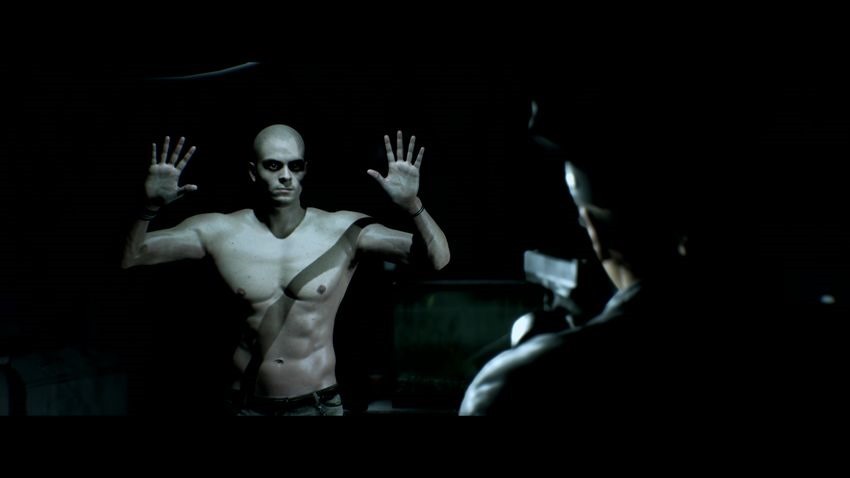
Up to six people can link their phones up to a PlayStation 4 and get in on the action, coming together to interact with the story at crucial branching points, altering the mystery and hopefully end up with a positive outcome. The story itself is predictable and largely clichéd; I telegraphed the surprise reveal about halfway through the game. That said, it’s mostly well told. It focuses on a serial killer called “The Trapper,” a diabolical killer who not only offs his victims but also rigs their corpses with (usually explosive) booby traps – specifically targeting the first responders. Finn, a death row convict who initially confessed to being the Trapper, recants his confession just days before he’s scheduled to go under the lethal needle. You’ll have to work with clues to fathom whether he’s telling the truth, and if he is, find the killer before the moratorium on his life ends.
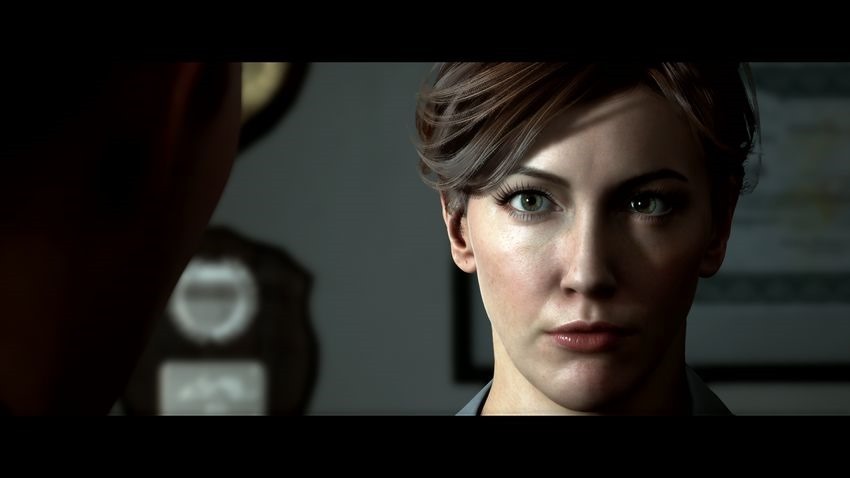
In Hidden Agenda, you (and your party) will switch between playing as the initial officer who arrested Finn, and the district attorney who believes there’s more to the case than meets the eye. It’s an interesting idea, but the execution falls apart a little. There are two modes to play through the game. The first is focused on getting to the end of the story. Up to six connected players stare at the screen with their phones in their hand. At specific branching points, the game will pause, offering up a binary choice – like whether to respond to a question in a confident or cautious manner. All players use their touch screens to move their coloured circles into one of the two blocks on the screen representing those respective choices, and the majority wins, making that the choice that counts. Sometimes, the game will mandate that all players need to agree on a choice for the story to continue.
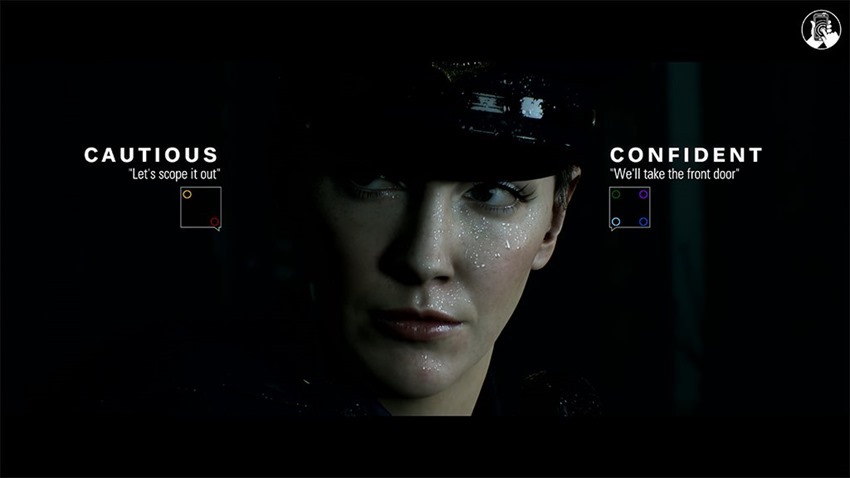
It’s meant to drive a sort of friendly social real-world argument, where players discuss the motivations behind characters before agreeing and proceeding – but what I found when playing was that there wasn’t nearly enough character building for anyone to care. Instead of discourse about why our hero character might be dismissive or defensive when caught at a crossroads, players just reneged and moved their little cursors so that we could move on. When not making binary choices, players might have to scour a scene for hidden clues, or do simple quick-swiping quick-time events. Doing so earns takeover cards, allowing players to override choices. Occasionally, the game might ask players to name which of the other players is the most trusting, or brave – with the winner of that vote being the only one able to make an important decision. It’s playing games by committee – and unfortunately, it’s exactly as exciting as that sounds.
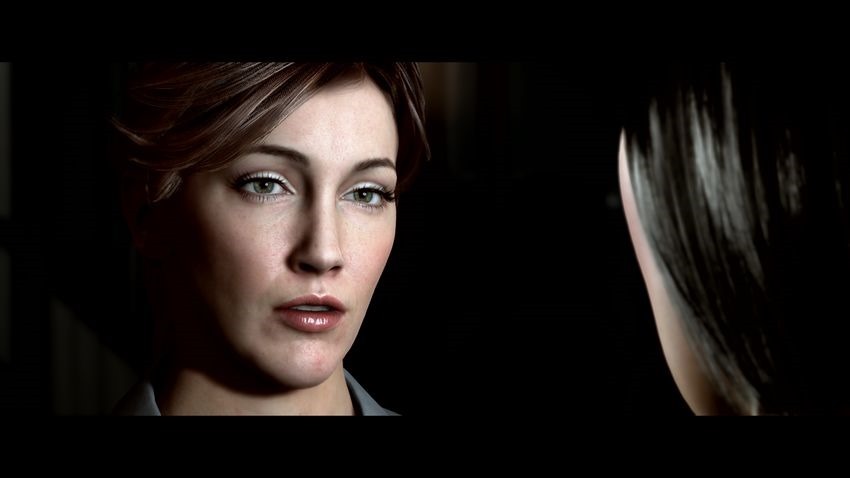
Competitive mode is effectively the same, but it throws in a new spanner, which is where the game gets its namesake. One player will be given a “hidden agenda,” where they need to direct the next critical choice towards a specific outcome. They’ll have to cajole and coax other players into making their preferred choice, while other players have to guess who has the hidden agenda. It’s a great idea, but once again, it flails and flounders in practice.
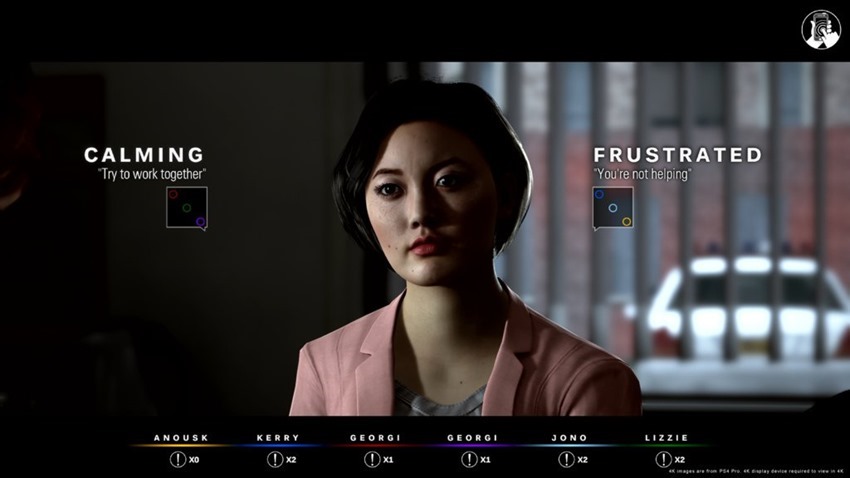
In terms of presentation, the game is also a bit of a mixed bag. Some characters are incredibly lifelike, eerily straddling the uncanny valley, while others lack the same sort of polish. The same can be said for the voice artistry, which ranges from emotive and dramatic to downright wooden. The whole thing feels more like a proof of concept than a worthwhile game. It doesn’t really invite repeat play-throughs either, though I was impressed by just how much extra content was made available just through different choices.
It’s a decent enough experience, but the socially connected gimmickry adds very little. Sure, there’s a log available through the app that shows characters, and the ripples effected by player choice, but the information’s too sterile to be of any real use.
Last Updated: November 20, 2017
| Hidden Agenda | |
|
If you love choose-your-own-adventure games, Hidden Agenda is compelling enough to make for an evening’s entertainment, especially given its price – but it feels more a glimpse of what could be enabled by mobile-connected games in the future, than a showcase of them at the moment.
|
|
|---|---|
| Hidden Agenda was reviewed on PlayStation 4 | |
|
66 /
100
| |




















